Home>Ideas and Tips>Starting A Backyard Orchard With Fruit Trees
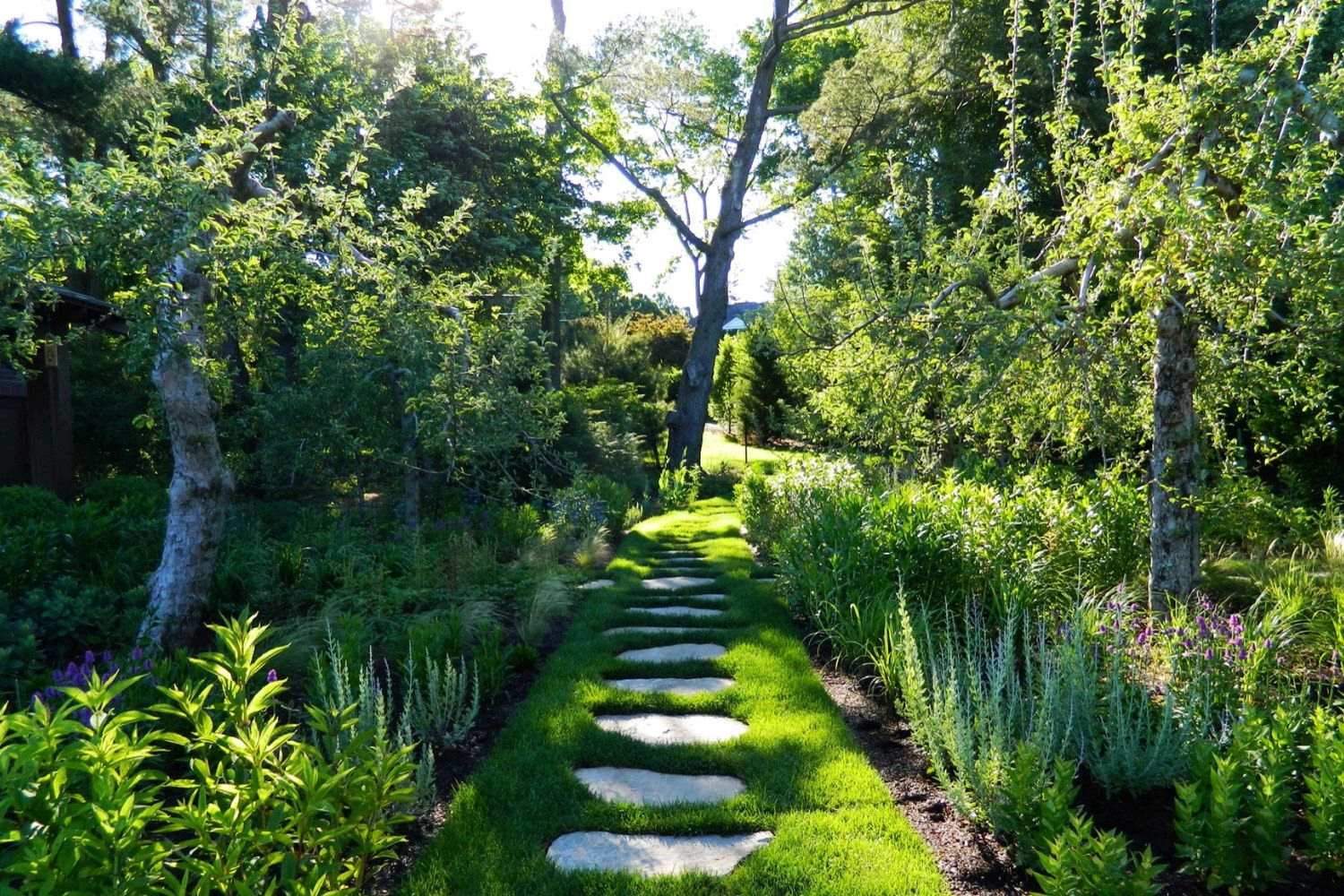

Ideas and Tips
Starting A Backyard Orchard With Fruit Trees
Published: November 2, 2024
Learn how to start a backyard orchard with fruit trees. Get tips on choosing, planting, and maintaining trees for a bountiful harvest.
(Many of the links in this article redirect to a specific reviewed product. Your purchase of these products through affiliate links helps to generate commission for Storables.com, at no extra cost. Learn more)
Creating a backyard orchard is an exciting and rewarding project that can provide you with fresh, delicious fruit right in your own yard. Whether you have a small urban garden or a larger suburban property, planting fruit trees can be a great way to enhance your outdoor space and enjoy the benefits of homegrown produce. In this article, we will guide you through the process of starting a backyard orchard with fruit trees, from choosing the right trees to maintaining them for optimal fruit production.
Choosing the Right Fruit Trees
When selecting fruit trees for your backyard orchard, there are several factors to consider. Here are some key points to keep in mind:
-
Climate and Hardiness Zone:
- Different fruit trees have varying levels of hardiness and can thrive in different climates. It's essential to choose trees that are suitable for your region's climate and hardiness zone. For example, citrus trees prefer warmer climates, while apple trees can tolerate colder temperatures.
-
Space and Sunlight:
- Fruit trees generally require full sun to produce well, so choose a location that receives at least six hours of direct sunlight per day. Also, consider the mature size of the tree to ensure it has enough space to grow without overcrowding.
-
Soil Quality:
- Most fruit trees prefer well-draining soil with a pH between 6.0 and 7.0. If your soil is poor or lacks nutrients, consider using organic amendments or raised beds.
-
Disease Resistance:
- Some fruit trees are more prone to diseases than others. Look for varieties that are known for their disease resistance or consider using disease-resistant rootstocks.
-
Pollination Requirements:
- Many fruit trees require cross-pollination to produce fruit, meaning you'll need multiple trees of different varieties nearby. Some trees are self-pollinating but still benefit from having another tree nearby.
-
Maintenance Needs:
- Some fruit trees require more maintenance than others, such as regular pruning or pest management. Consider how much time you're willing to dedicate to caring for your trees.
Popular Fruit Tree Varieties
Here are some popular fruit tree varieties that are well-suited for backyard orchards:
-
Apple Trees (Malus domestica):
- Apples are one of the most common fruits grown in home orchards due to their versatility and ease of care. Popular varieties include 'Red Delicious,' 'Gala,' and 'Granny Smith.'
-
Citrus Trees (Citrus spp.):
- Citrus trees like oranges (Citrus sinensis), lemons (Citrus limon), limes (Citrus aurantifolia), and grapefruits (Citrus paradisi) thrive in warmer climates with minimal chill hours.
-
Peach Trees (Prunus persica):
- Peaches are another popular choice for home orchards, especially in regions with mild winters and hot summers. Varieties like 'Red Haven' and 'Crimson Lady' are popular among gardeners.
-
Pear Trees (Pyrus communis):
- Pears offer a longer harvest season compared to apples and come in various flavors from sweet Bartlett pears to tangy Anjou pears.
-
Cherry Trees (Prunus avium):
- Cherries come in sweet cherry varieties like 'Bing' or sour cherry varieties like 'Montmorency.'
-
Apricot Trees (Prunus armeniaca):
- Apricots are less common but still rewarding due to their unique flavor profile; however, they require specific conditions like well-draining soil and full sun.
-
Plum Trees (Prunus americana):
- Plums include both European plums like 'Stanley' and Japanese plums like 'Santa Rosa.'
-
Fig Trees (Ficus carica):
- Fig trees are relatively low-maintenance but require careful pruning to promote fruiting branches; they thrive in warm climates with minimal frost.
-
Pomegranate Trees (Punica granatum):
- Pomegranates are drought-tolerant making them ideal for water-conscious gardeners; they also attract pollinators like bees which helps with cross-pollination.
-
Avocado Trees (Persea americana):
- Avocados are becoming increasingly popular among fruit enthusiasts; however, they require specific conditions such as high humidity levels during ripening stages.
Planting Your Fruit Trees
Once you've selected your fruit trees, it's time to plant them:
-
Prepare Your Soil:
- Before planting your fruit trees, prepare your soil by loosening it up to a depth of about 12 inches using a shovel or spade.
- Add organic matter like compost or manure if necessary to improve soil structure and fertility.
-
Dig Planting Holes:
- Dig holes slightly larger than the root ball of your tree.
- If using raised beds, ensure they are at least 6 feet wide and 8 feet long for proper root growth.
-
Handle Roots Carefully:
- Gently remove any burlap or twine from around the root ball without damaging roots.
- If roots are circling within container, gently tease them apart using your fingers or a blunt instrument like a chopstick.
-
Plant Trees Properly:
- Place each tree in its respective hole ensuring that graft union (if applicable) remains above ground level.
- Fill holes gradually adding soil around roots while firming gently but avoid compacting soil excessively which could hinder root growth.
-
Water Thoroughly:
- Water newly planted trees thoroughly immediately after planting ensuring soil settles properly around roots without air pockets forming which could lead root rot issues later down line.
-
Mulch Around Base:
– Mulching helps retain moisture levels within soil preventing evaporation thus reducing need frequent watering sessions especially during hot summer months when plants require consistent hydration levels maintained throughout entire growing season period duration wise speaking here folks!
Post-Planting Care
After planting your fruit trees, regular care is crucial for optimal growth and fruit production:
-
Watering Schedule:
– Younger trees require more frequent watering sessions compared older mature ones since they lack extensive root systems capable absorbing sufficient amounts moisture required sustaining healthy growth patterns over time spanned several years depending upon specific variety type planted initially upon initial planting date itself! -
Fertilization Needs:
– Fertilize annually using balanced fertilizer formula containing equal amounts nitrogen phosphorus potassium nutrients essential promoting overall health development throughout entire lifecycle stages ranging from seedling sproutling phase right up until maturity stage itself eventually reaching full production capacity levels achieved eventually after several years post-planting date itself! -
Pruning Techniques:
– Prune annually removing dead diseased damaged branches promoting air circulation sunlight penetration encouraging healthy vigorous growth patterns development throughout entire lifecycle stages ranging from seedling sproutling phase right up until maturity stage itself eventually reaching full production capacity levels achieved eventually after several years post-planting date itself! -
Pest Management Strategies:
– Monitor regularly detecting early signs infestation outbreaks taking prompt action controlling populations using integrated pest management techniques combining physical chemical biological methods ensuring minimal environmental impact while maximizing effectiveness overall control measures implemented successfully achieving desired outcomes expected initially upon initial planting date itself! -
Disease Prevention Measures:
– Implement preventative measures such as spraying fungicides bactericides regularly maintaining clean environment reducing risk infection outbreaks occurring frequently especially during wet humid weather conditions prevailing frequently throughout entire growing season period duration wise speaking here folks!
Harvesting Your Fruit
Finally comes time harvesting fruits grown within backyard orchard itself Here’s how do it properly ensuring maximum yield quality achieved eventually after several years post-planting date itself:
-
Timing Matters:
– Check regularly monitoring ripening stages carefully avoiding overripe underripe conditions affecting flavor texture quality negatively impacting overall enjoyment experience derived consuming freshly picked fruits directly from tree itself! -
Tools Needed:
– Use clean sharp tools like pruners loppers shears carefully cutting branches containing desired fruits carefully handling each piece gently avoiding bruising damage occurring frequently especially during harvesting process itself! -
Storage Tips:
– Store fruits properly maintaining optimal storage conditions ensuring prolonged shelf life extending enjoyment experience derived consuming freshly picked fruits directly from tree itself eventually reaching full production capacity levels achieved eventually after several years post-planting date itself!
Starting backyard orchard filled fruit trees rewarding experience requiring careful planning execution throughout entire lifecycle stages ranging from seedling sproutling phase right up until maturity stage itself eventually reaching full production capacity levels achieved eventually after several years post-planting date itself By following guidelines outlined above ensuring optimal growth fruit production achieved successfully maximizing enjoyment experience derived consuming freshly picked fruits directly from tree itself eventually reaching full production capacity levels achieved eventually after several years post-planting date itself Happy gardening folks
Was this page helpful?
At Storables.com, we guarantee accurate and reliable information. Our content, validated by Expert Board Contributors, is crafted following stringent Editorial Policies. We're committed to providing you with well-researched, expert-backed insights for all your informational needs.
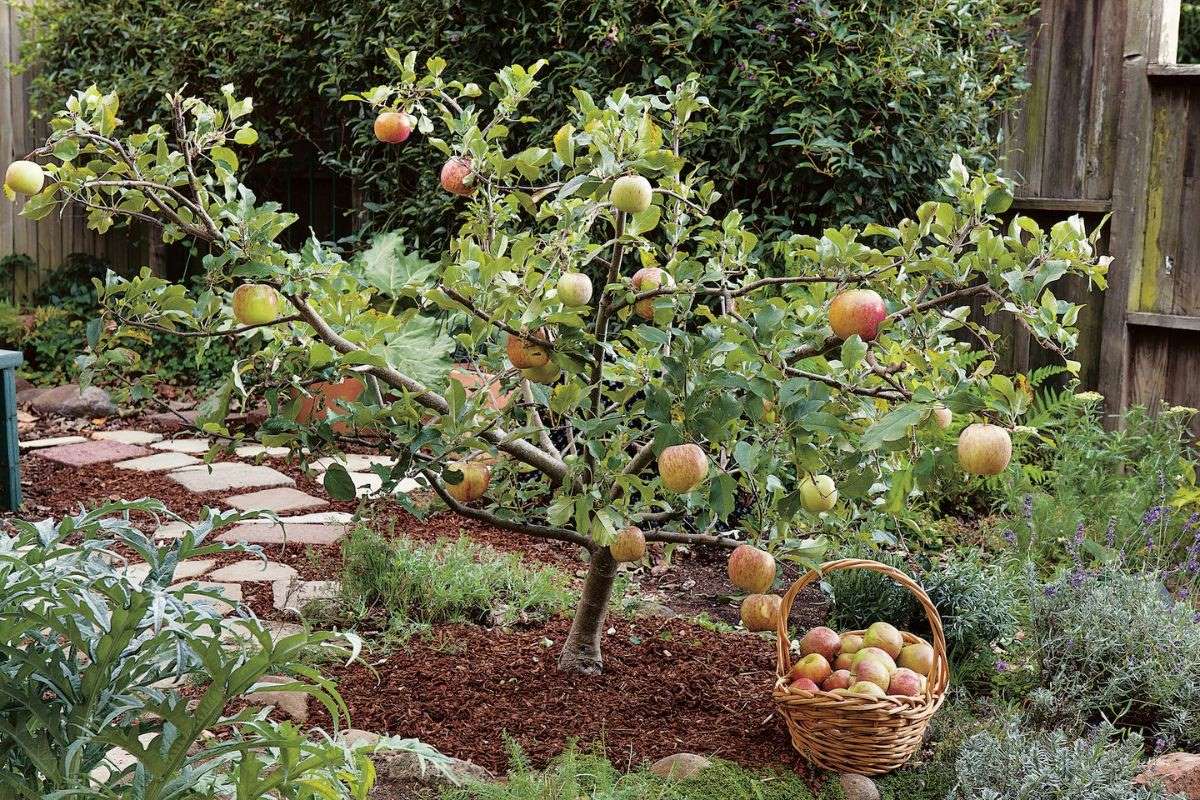

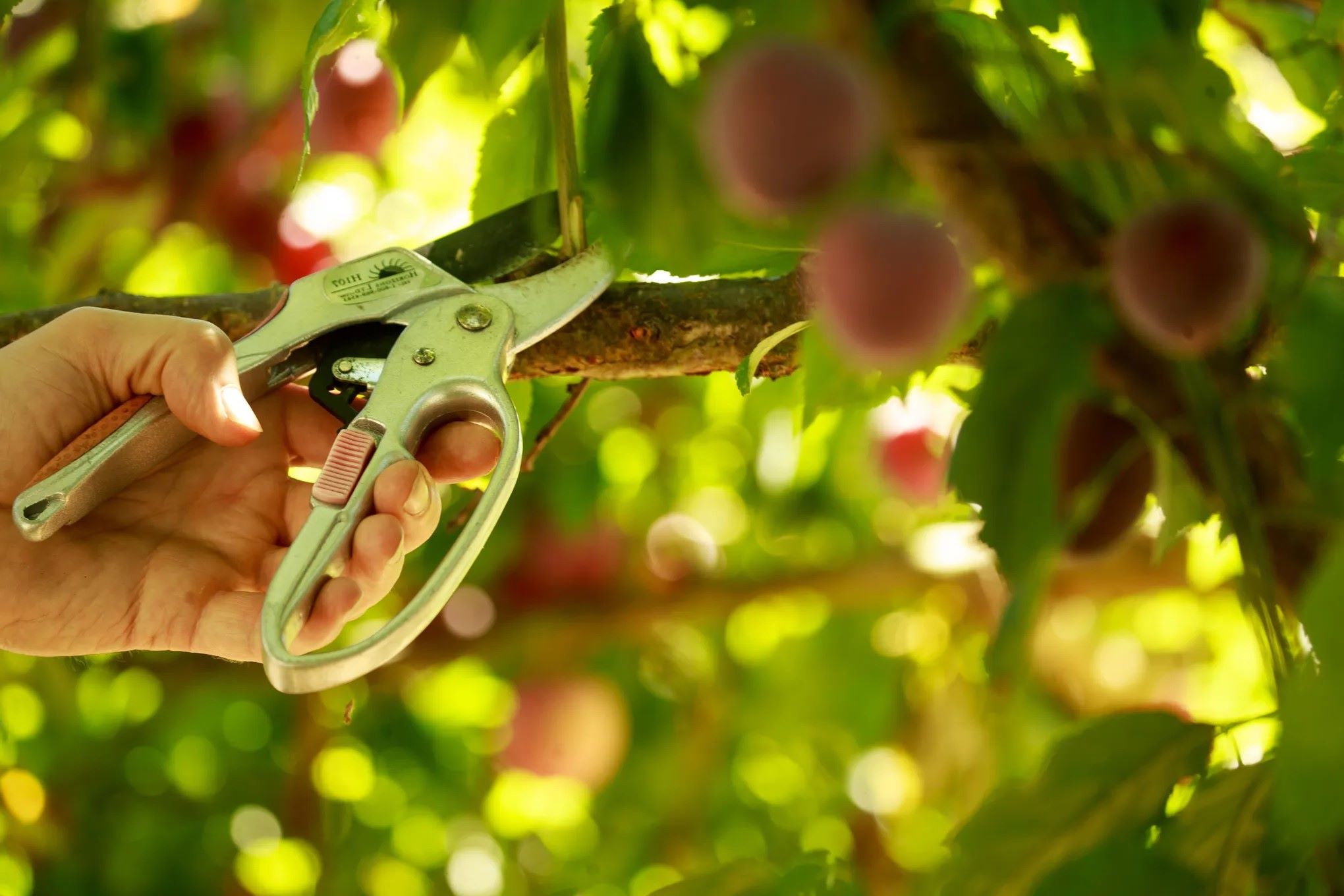
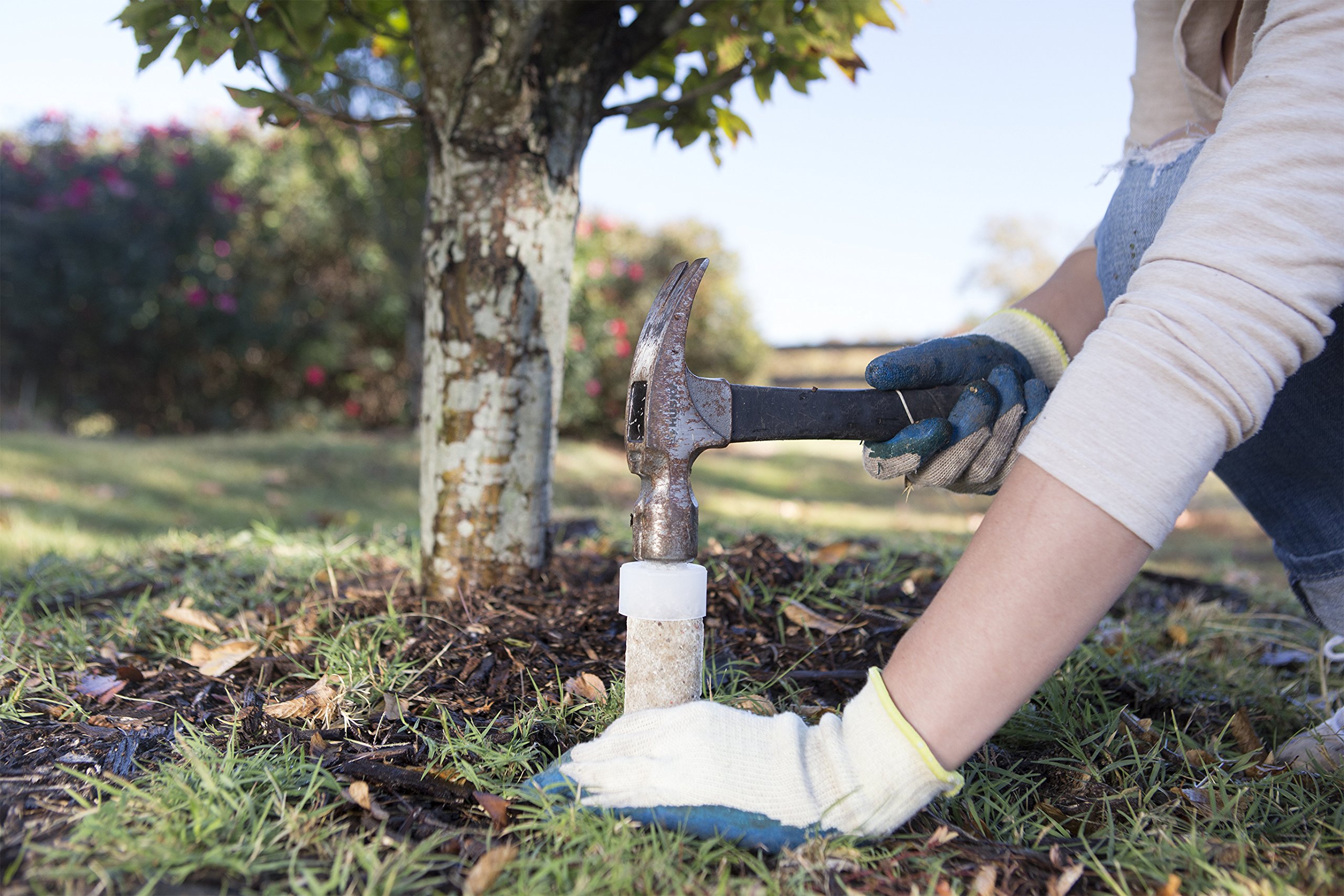
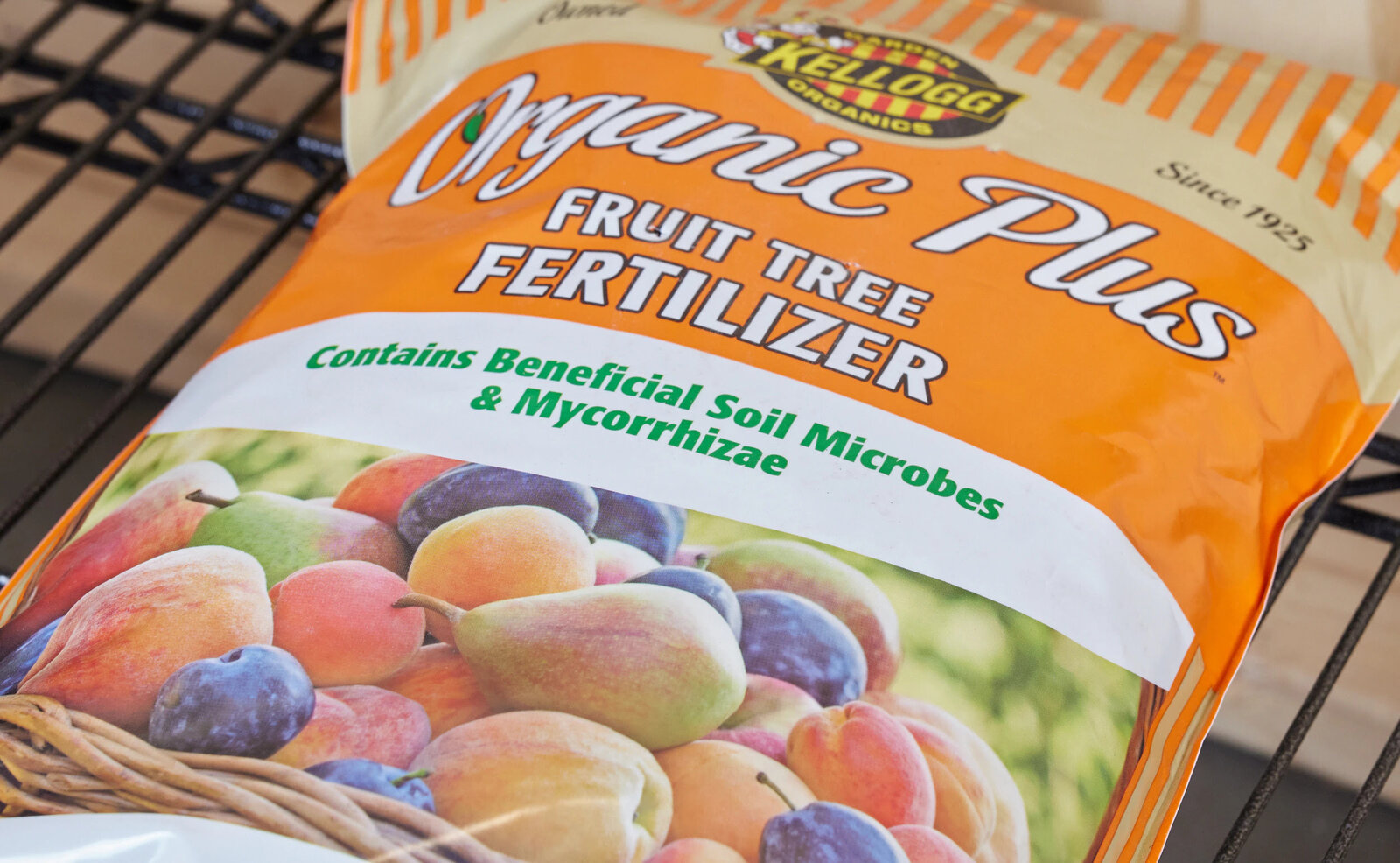
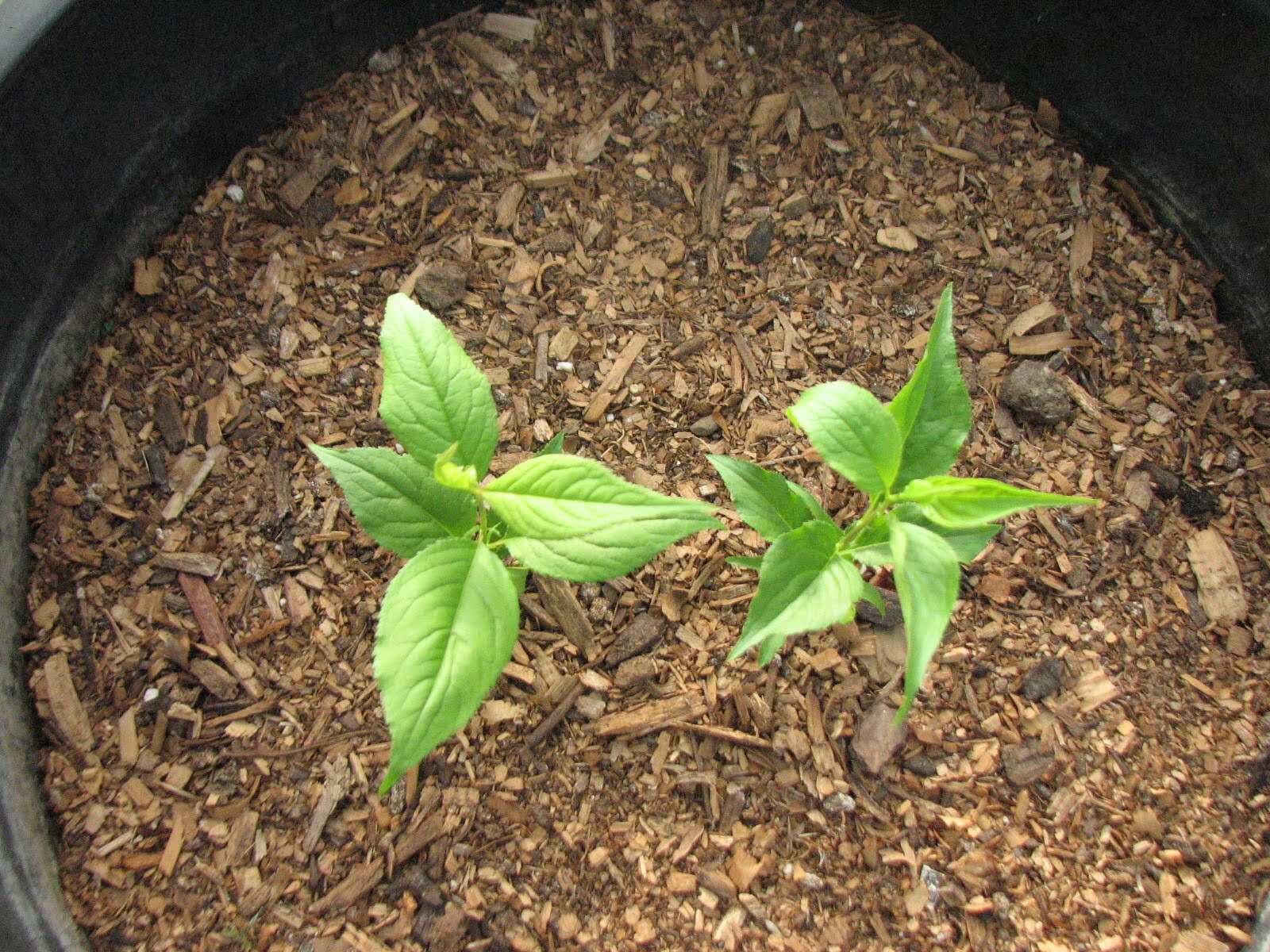
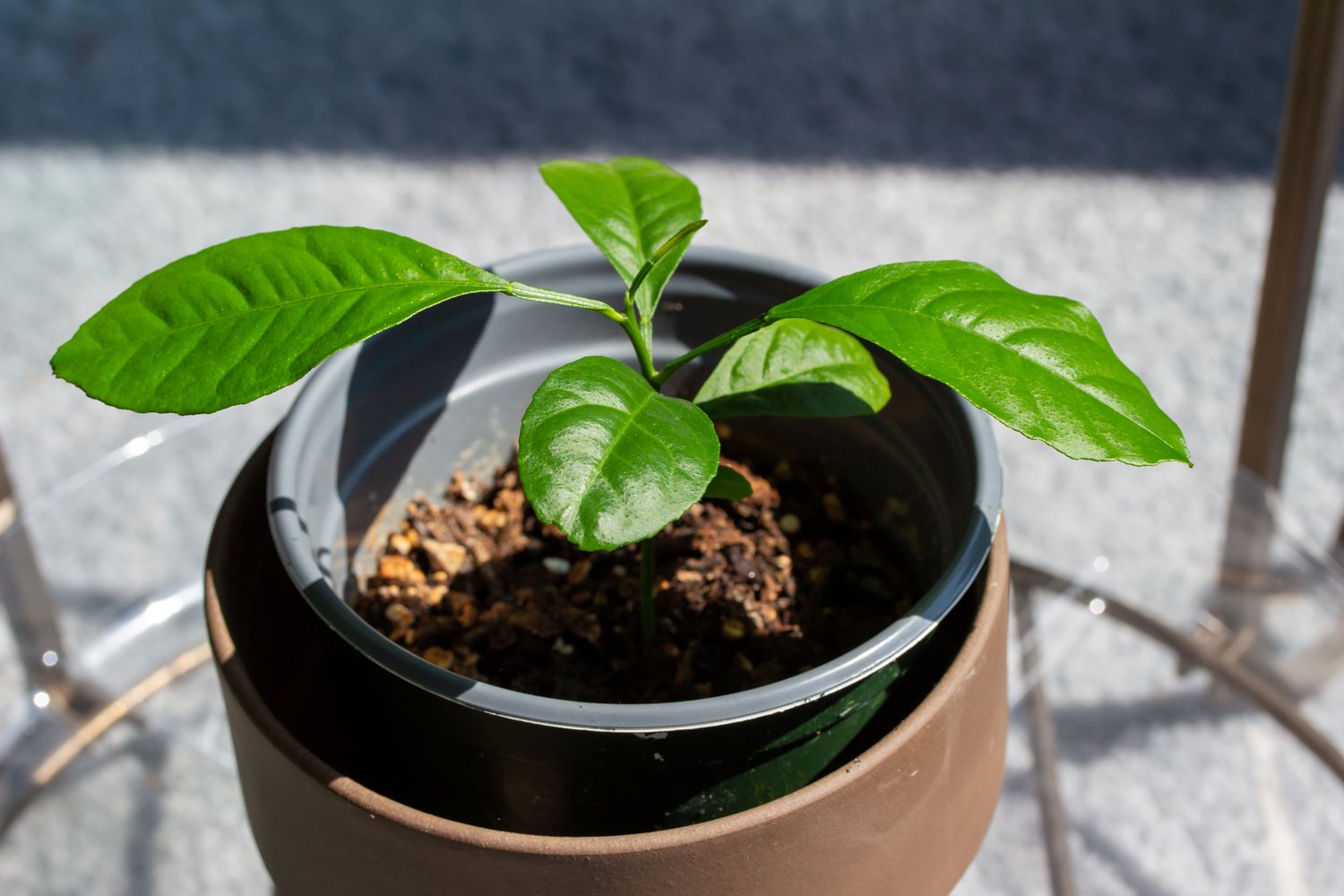
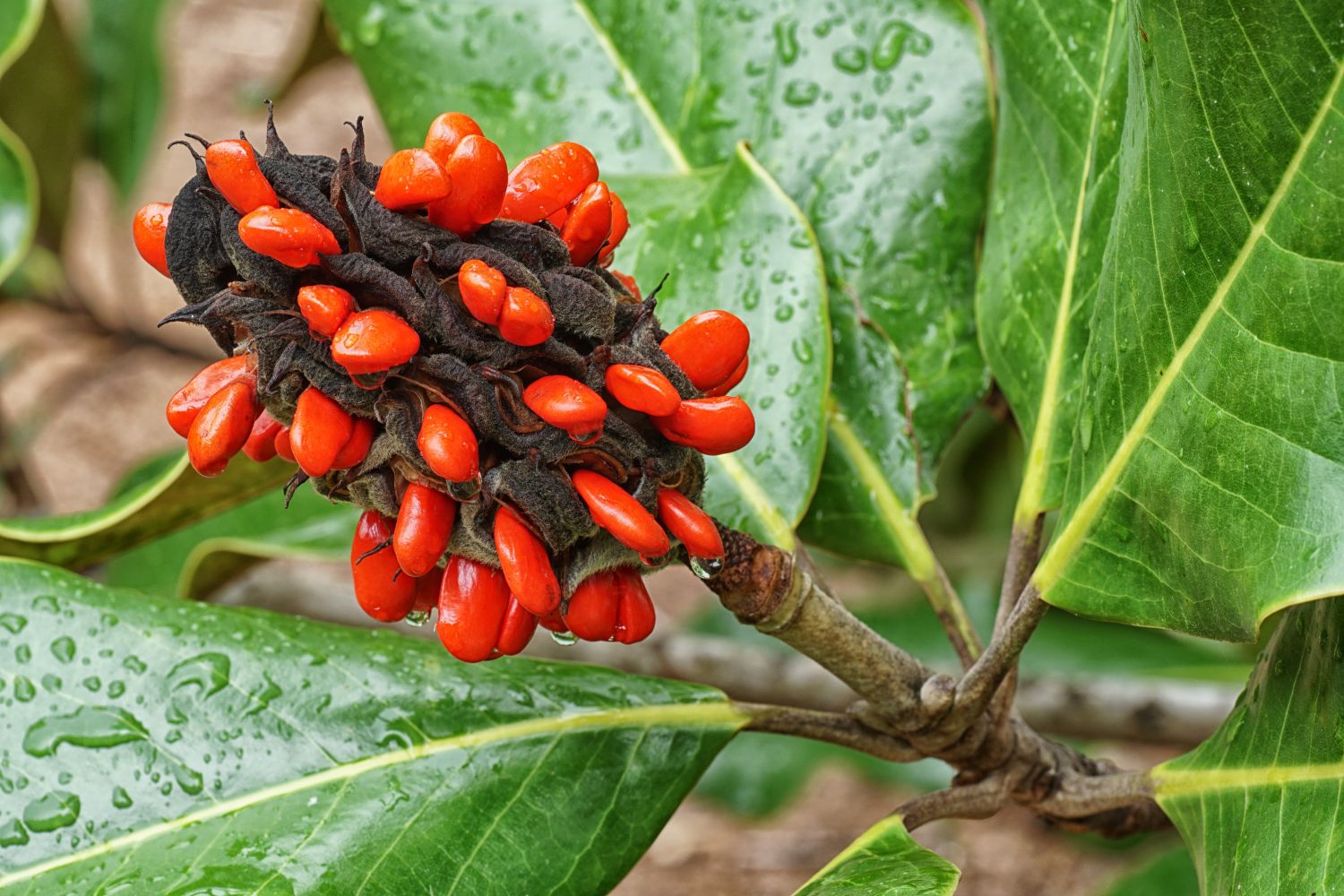
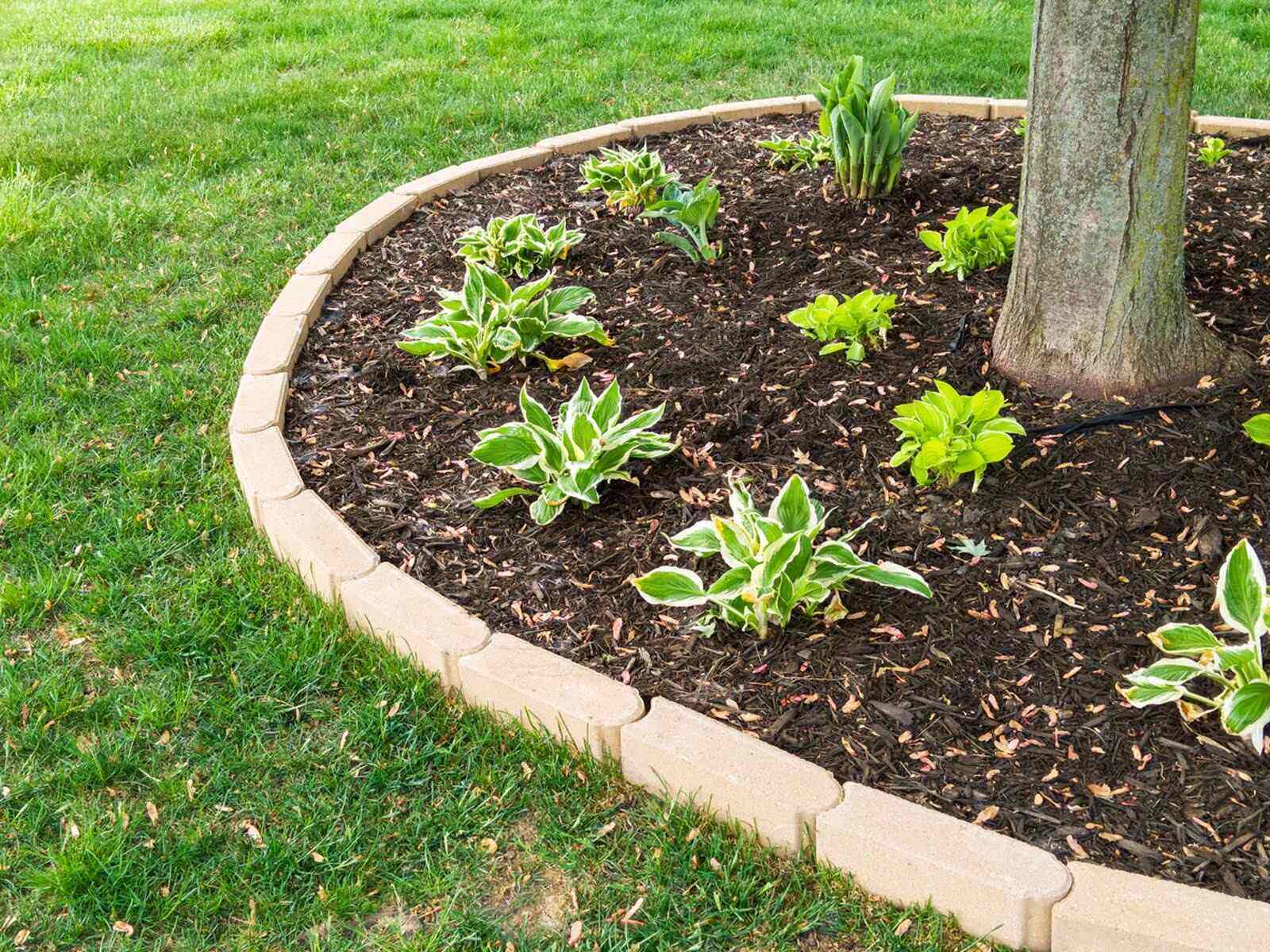
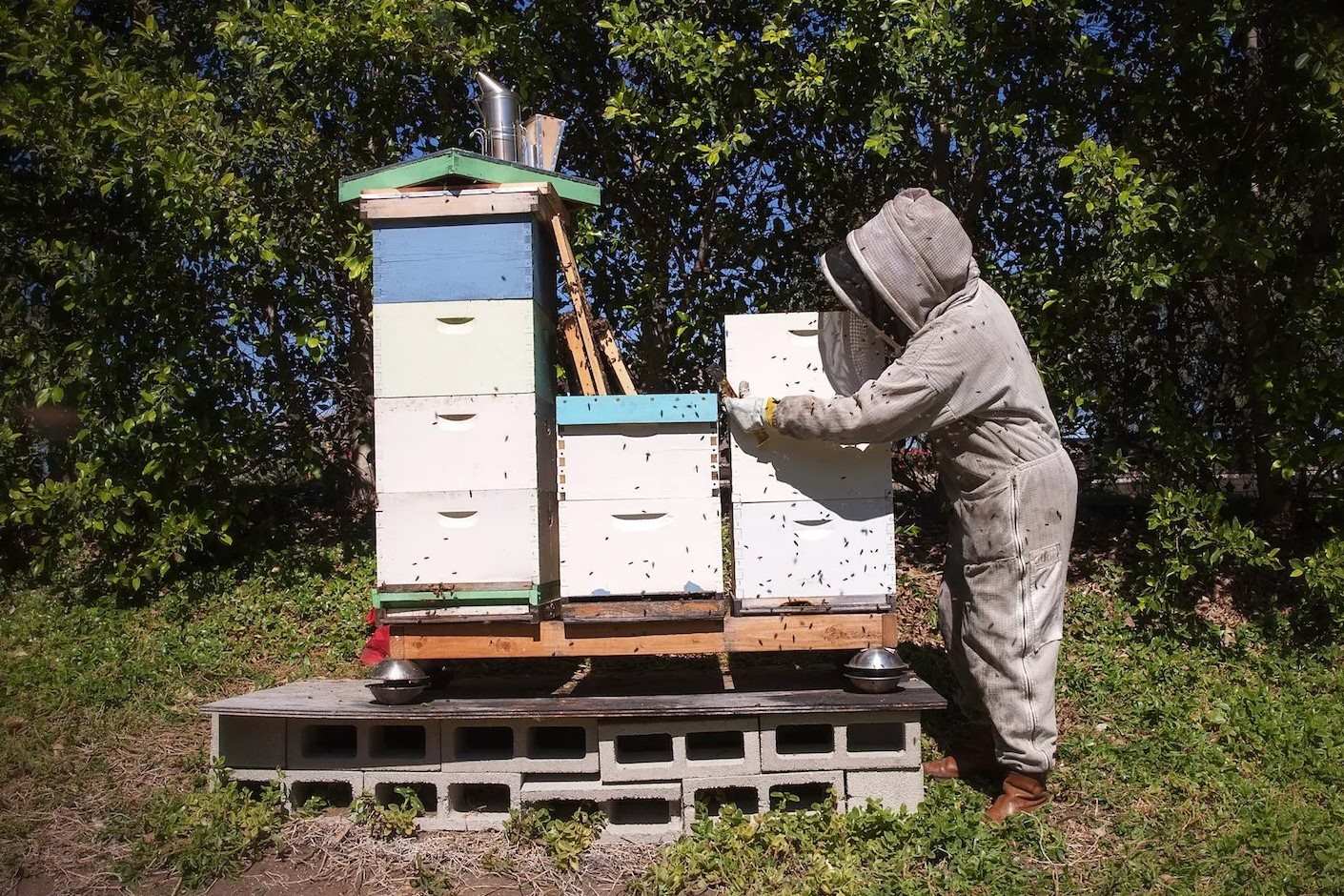
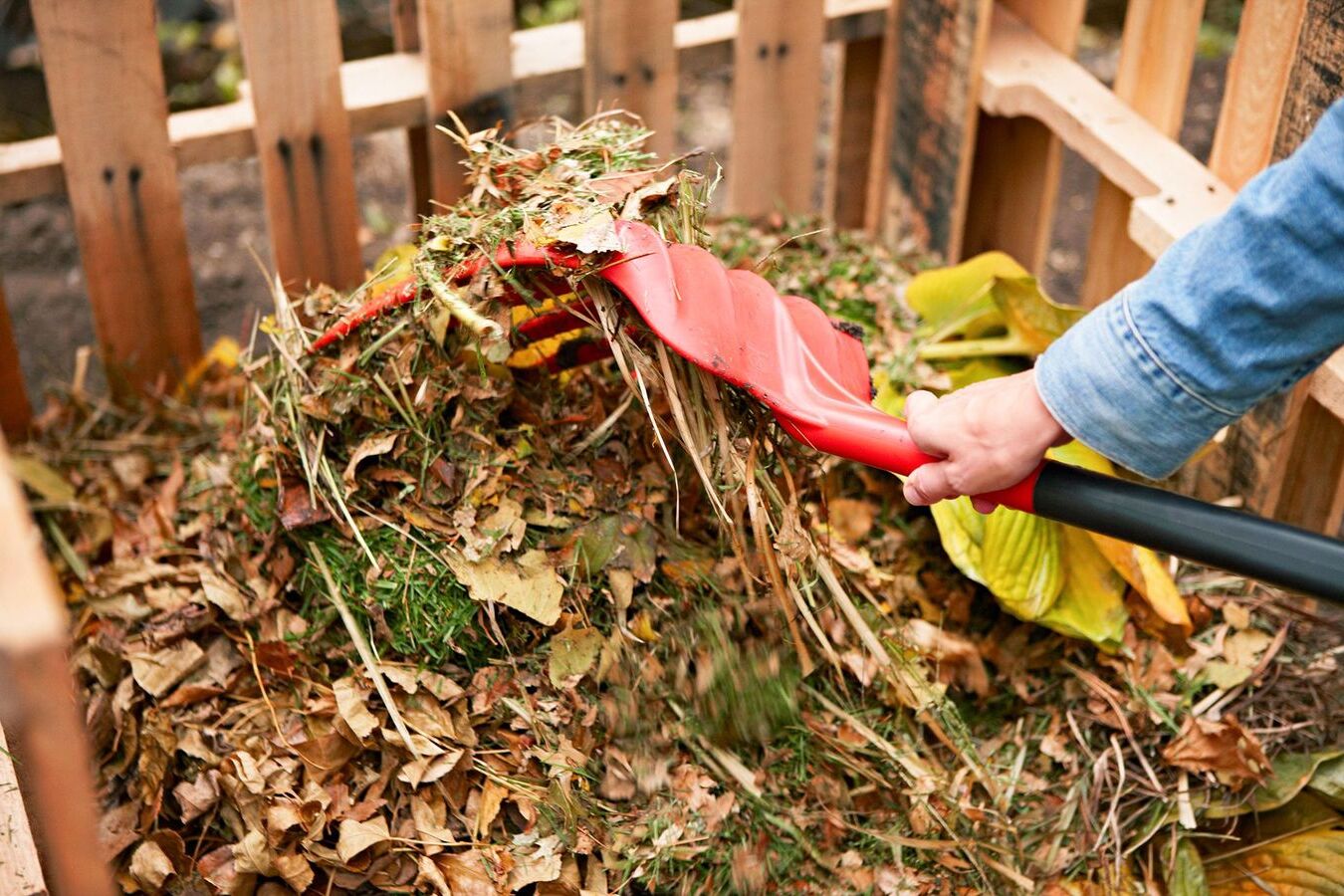
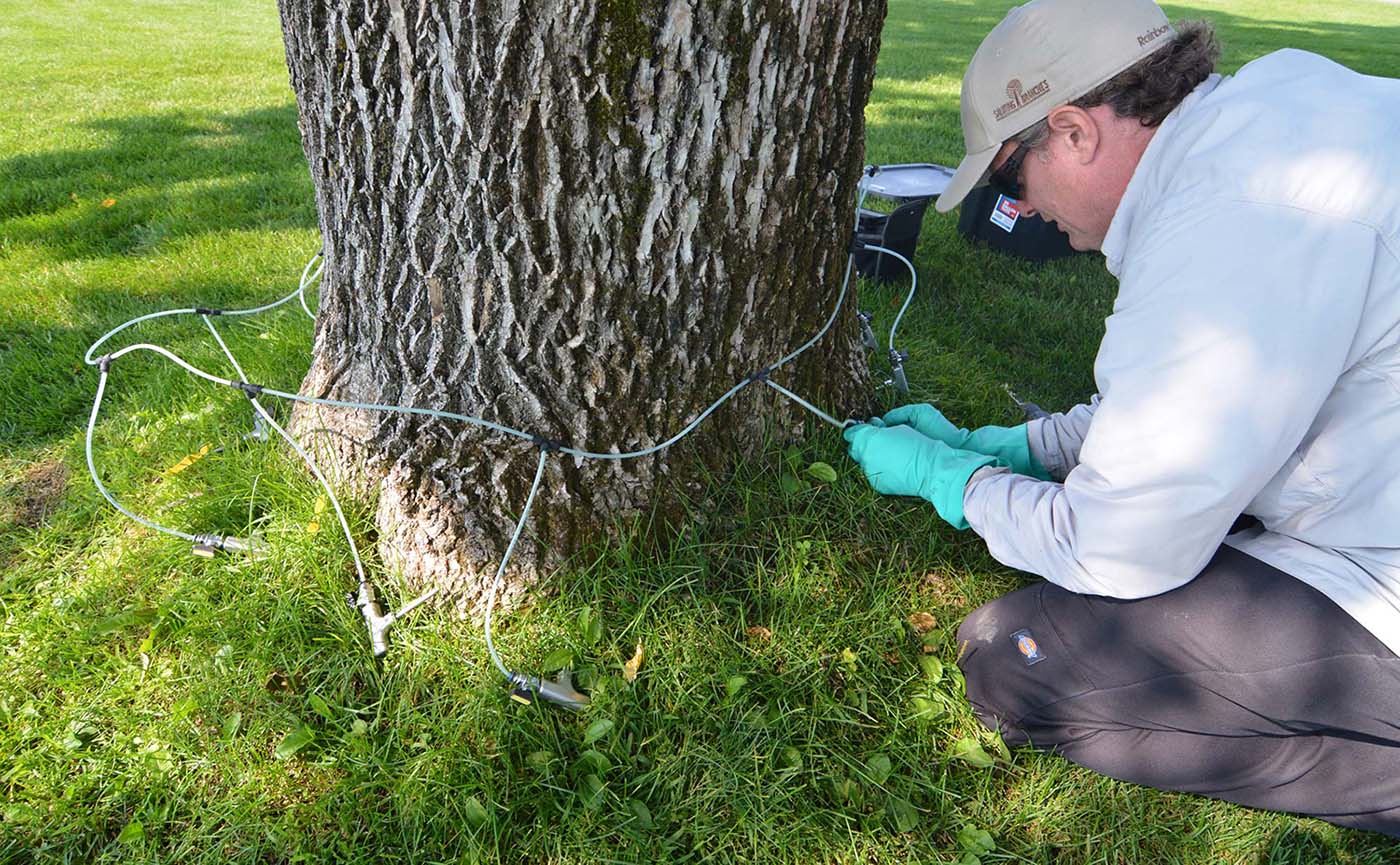
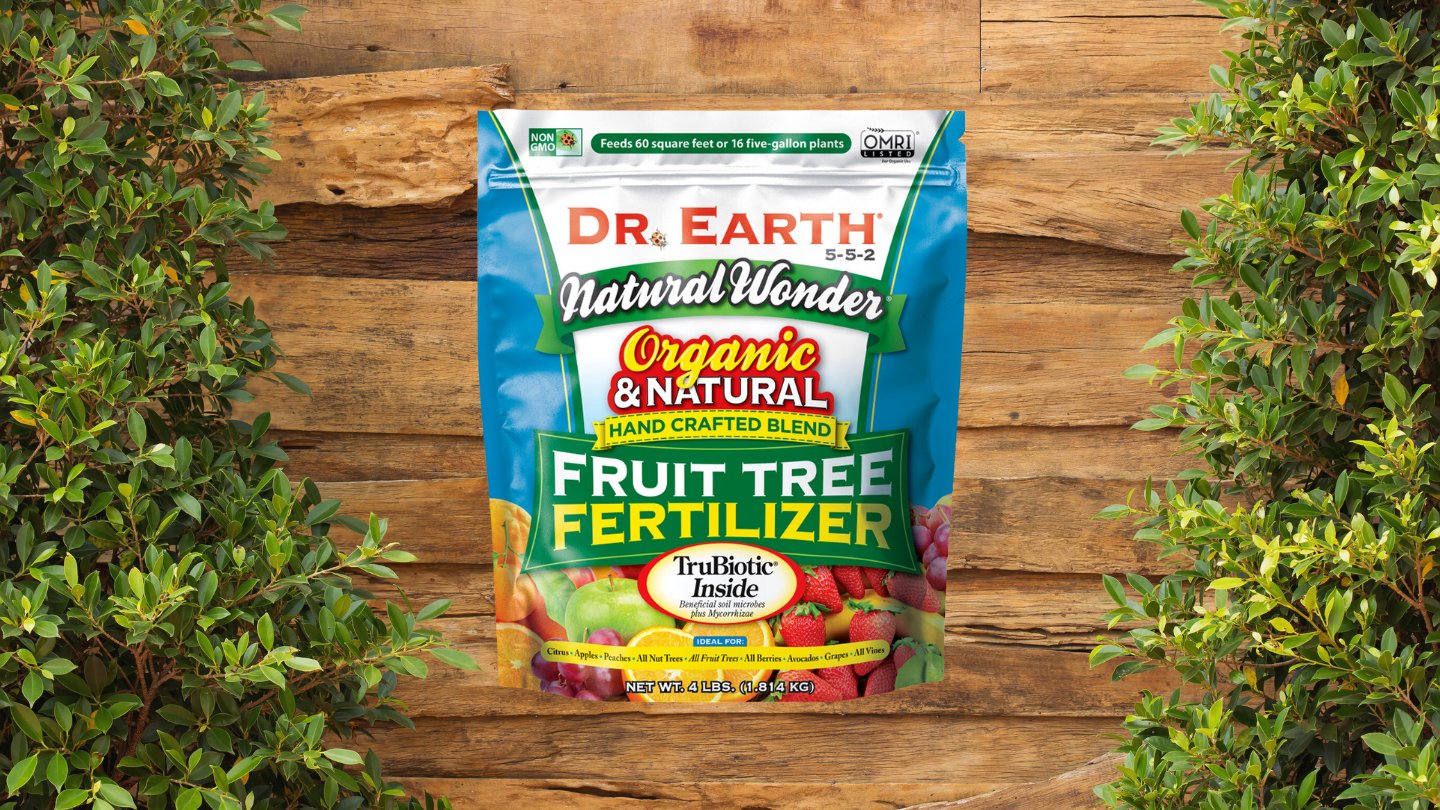

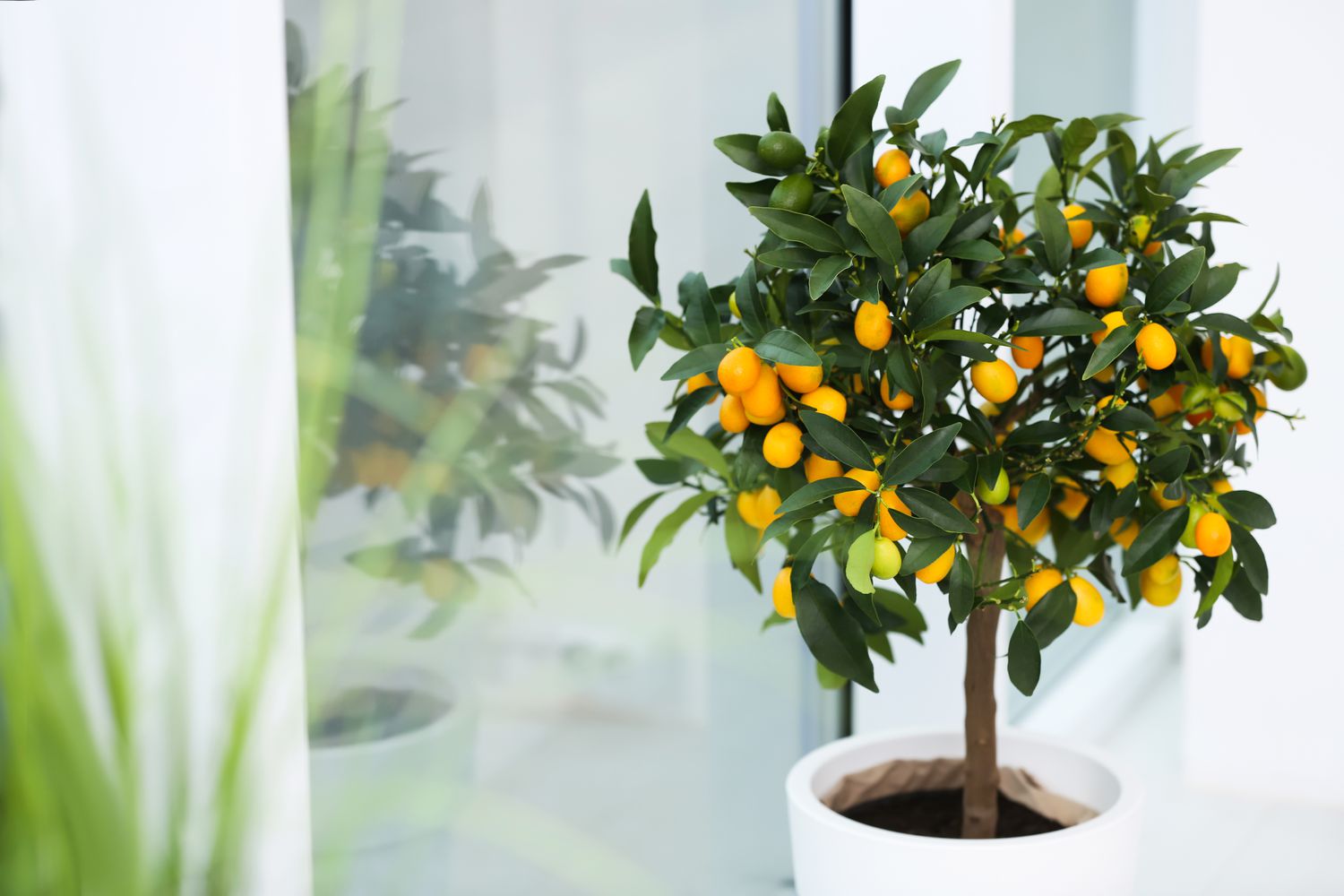

0 thoughts on “Starting A Backyard Orchard With Fruit Trees”